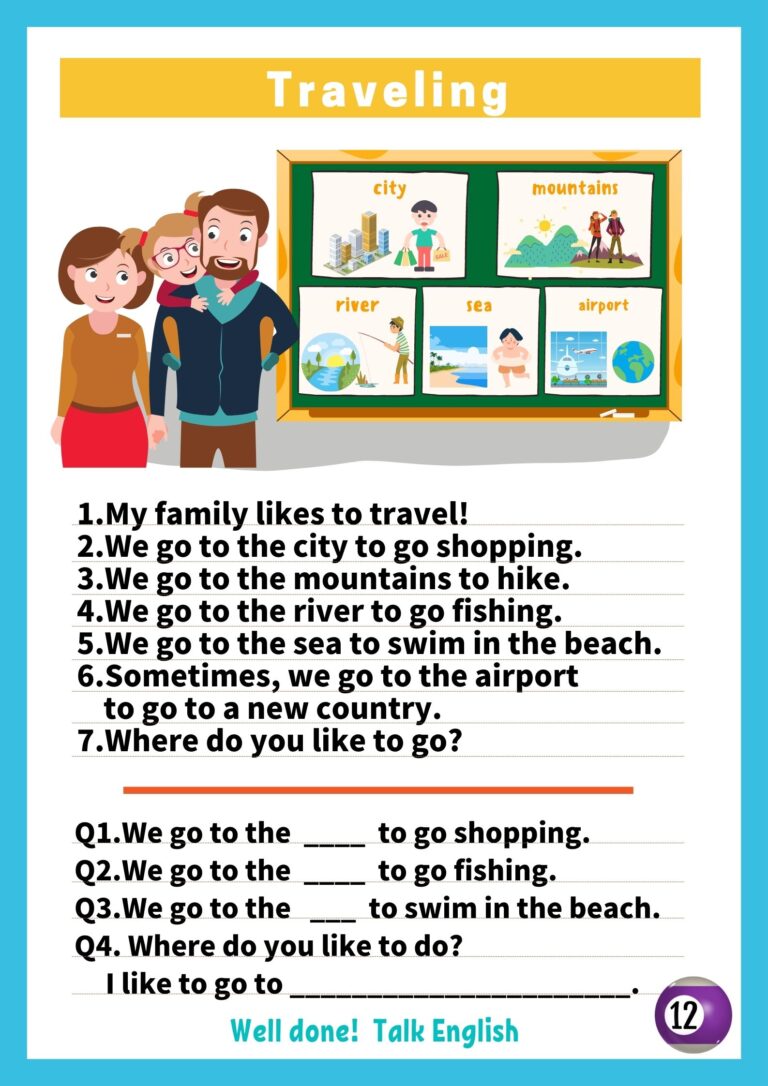The Wallet Experiment
Psychologists have developed various theories about honesty. Among the most well-known is that it ( 26 ). Recently, however, this idea has been questioned. While it does seem logical that people are more likely to lie, steal, or cheat if they believe they will gain something they desire by doing so, an interesting experiment has shown that this may not be true.
A team of researchers theorized that people would be more likely to keep something valuable when found rather than return it, and to test this they brought wallets to a number of public places, pretending they had found them on the street. Some contained money and some did not, but all contained a key and an email address. The researchers then waited to see if they would get an email informing them that the lost wallet had been found. Surprisingly, they got the most responses when there was a large amount of money in the wallet. ( 27 ), an even higher number of wallets were returned when the amount of money was further increased. The researchers believe this is evidence to indicate that many people value honesty over money.
Later, the researchers conducted a followup experiment in which the wallets all had the same amount of money. This time, though, some of the wallets contained a key something that would only be important to the person who lost it while others did not. Return rates for wallets containing a key were significantly higher. The researchers suggest the most likely reason for this result is that people’s honesty was strongly affected by ( 28 ).
Seattle is an environmentally friendly city whose residents are known for their active lifestyles and love of the outdoors. It was therefore surprising to many when Pronto Cycle Share, Seattle’s first bike-sharing service, ended in failure. Designed around docking stations that allowed bikes to be stored when not in use, Pronto was initially provided by a nonprofit company with help from a corporate sponsor. The public’s underwhelming response, however, led to the city stepping in to purchase the service. After continued unsatisfactory results, the city announced an enlargement of the service’s network to encourage usage but failed to expand it significantly. Finally, following years of criticism and financial issues, Pronto was abandoned in 2017.
The successful introduction of a new bike-sharing service called Spin some months later only raised additional questions about Pronto’s demise. The proven success of bike sharing companies in other US cities known for rainy weather and steep hills meant that Seattle’s climate and terrain were not to blame; instead, Pronto’s critics pointed the finger at serious issues with the locations of its docking stations. Spin’s bikes could be unlocked using a smartphone and left anywhere within an authorized area, and Spin enrolled many users in areas that had lacked access to Pronto when it started operating. Furthermore, Pronto’s network had failed to adequately provide service in areas ignored by Seattle’s existing public transportation system.
When Spin became successful, similar services started up in Seattle, leading the city to introduce a permanent bike-sharing program in 2018. While this was a positive move for riders, it received a negative response from the companies that were forced to join the program if they wanted to continue doing business. The mandatory costs for the companies, such as permit fees and individual bike fees, proved to be too much. Two of the firms, including Spin, withdrew their services and left the city immediately following the program’s introduction, putting the city’s decision-making under the spotlight once again.
Antarctica is a vast, nearly empty continent that is mostly covered in ice. In fact, less than 1 percent of its land is permanently ice-free. This tiny area is indispensable to much of the region’s wildlife, including birds such as snow petrels, because it provides the most accessible environment for species that have their young on land. Although Antarctica lacks a permanent human population, features of human presence, such as research stations, tourist camps, and waste dumps, have increasingly been threatening Antarctica’s natural environment in recent years. Overall, human activity has had a negative impact on 80 percent of the ice-free area.
Among the harmful consequences of human activities are disturbances to native wildlife and pollution from waste and vehicle emissions. A major ecological concern is the unplanned introduction of foreign plant and insect species that can harm their native counterparts. Furthermore, Antarctica has relatively few species types, so local varieties are highly vulnerable to replacement by nonnative species. Another threat to the environment is oil exploration. While it is currently forbidden under the Antarctic Treaty System, the ban appears likely to be challenged in the future. Technological advances in the oil industry have made it more economical to drill in harsh environments, and oil companies are pushing to expand their operations. For example, drilling is currently under way in Alaska’s North Slope, an area of subzero temperatures where obtaining oil was once economically impractical.
The Antarctic Treaty System has designated 55 places on the continent as protected areas, but these amount to only a tiny fraction of the ice-free land. And the designation may not mean much either: research by biologist Justine Shaw of the University of Queensland and her colleagues showed that the protections implemented in Antarctica were in the bottom 25 percent in a best-to-worst ranking of the programs designed to safeguard vulnerable areas around the world. The same study also found that all 55 protected zones are located close to areas of human activity, and 7 are considered as being at high risk for biological invasion. According to Shaw, since conserving the continent’s biodiversity is essential, areas with the greatest number of species should be prioritized when establishing protected zones. It is time, Shaw warns, to realize that just because Antarctica is an isolated region, that does not mean the continent does not suffer from serious threats to its biodiversity.
Darwin’s Paradox
About two centuries ago, Charles Darwin sailed aboard a ship called the Beagle through the Indian Ocean. Although the warm, blue waters seemed like a highly suitable environment for supporting life, Darwin observed that sea creatures were scarce, seeing only the occasional fish in the clear ocean. Yet upon reaching a group of coral islands known as the Keeling Islands, he found an abundance of marine species around them. What was it, he wondered, that caused a coral island to become a fertile oasis amid the nearly lifeless desert of the ocean around it?
This mystery, which became known as “Darwin’s Paradox,” has long fascinated scientists. Since Darwin’s time, they have determined that the very clarity of tropical seas is the reason for their lack of life, as they are not clouded by the tiny organisms known as phytoplankton, which are the main source of nutrition for marine ecosystems. In the Keelings, however, corals and other sea creatures, such as shrimp, have access to phytoplankton. Nitrogen and phosphorus nutrients required by phytoplankton are also present in the waters of the Keelings at levels high enough to sustain the reefs and various marine creatures. The factors supporting the growth of phytoplankton are known as the Island Mass Effect, or IME. What puzzled scientists at the time, though, was how nutrients could be maintained within the reef ecosystem rather than being washed out to the waters around them.
Researchers have finally put together all the pieces to show how the IME works. It begins with the formation of a coral reef on a high spot on the ocean floor. Corals need sunlight, so they do well in shallow water, and reef biodiversity is higher when they are located on gradual slopes rather than very steep areas. This is because gradual slopes are important for another key IME factor: upwelling, which is the movement of nutrient-rich cold water from the deep ocean to the nutrient-poor but brighter areas above. This provides food for the phytoplankton that feed corals. Sea creatures known as sponges are another key part of the process, as they suck in the waste products of both coral and phytoplankton, convert the products into substances that marine life higher up in the food chain can consume, and then expel the substances into nearby areas, where they are eaten. This keeps energy and nutrients in the closed loop of the reef ecosystem. Nutrient concentrations in the reef ecosystem are further enhanced by organic matter from the creatures that live and die both onshore and on the reef.
Tropical coral reefs are an important resource for the fishing industry, but they also protect coastal areas, buffering shorelines from the effects of storms and floods. As climate change raises global temperatures and alters the movement of ocean currents around the planet, reef ecosystems will be affected significantly. It will become increasingly vital to better understand the IME and take appropriate action to preserve it so that the harmful effects of future weather patterns on coral reefs can be reduced.



